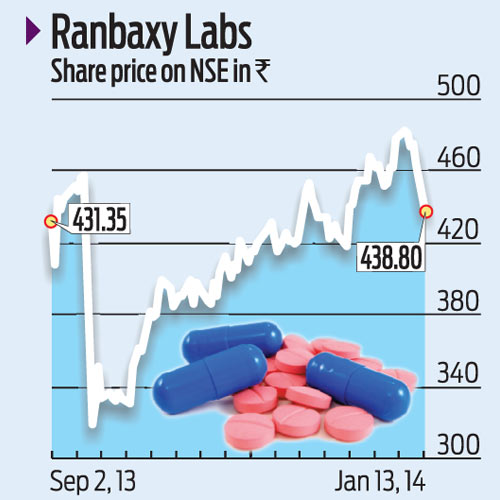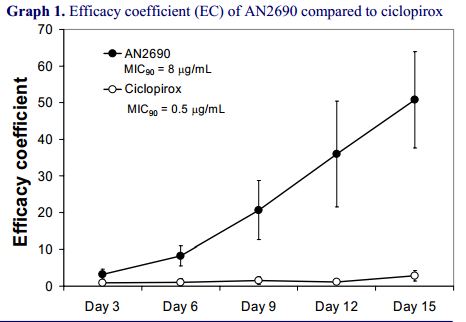Govt must turn intentions into actions: Vodafone
The world’s second-largest telecom company, UK-based Vodafone,
has said the Narendra Modi-led NDA government must translate its good
intentions into action.
“The programme of this government is good… the problem is implementation,” Vodafone Group CEO Vittorio Colao said on Wednesday. “The problem is the slow and sometimes contradictory regulatory process.”
Vodafone is facing a tax liability of over Rs. 11,200 crore, along with interest, on its 2007 acquisition of Hong Kong-based Hutchison Whampoa’s stake in Hutchison Essar in India.
Asked about the arbitration process with the government, he said
it is in its early stages, and called it a “civilised process” to
resolve disputes between companies and states.
He said Vodafone is planning to increase its investment in India in the short term. “I would love to list Vodafone India — there are banks knocking at my door — at the right moment, or if conditions are right,” said Colao. Those conditions, he said, include better merger and acquisition rules, as well as allocation of spectrum.
He said M&A rules are holding back consolidation in the telecom sector in India. The next round of spectrum auction (in February) could see Vodafone get deprived of its bandwidth in some important circles, with no alternative to buy in another band. “Our business is up for sale. This is predatory competition,” he said wrily.
He said India is ripe for consolidation. “We do think in India it has to happen. There are too many players not returning enough on their capital investment,” he said.
“I am waiting, like many international investors, to the see the new India,” Colao said. “I am more optimistic than I was, not because of the performance of the government, but of the business.”
PRADEEP KUMAR
PGDM 2sem
“The programme of this government is good… the problem is implementation,” Vodafone Group CEO Vittorio Colao said on Wednesday. “The problem is the slow and sometimes contradictory regulatory process.”
Vodafone is facing a tax liability of over Rs. 11,200 crore, along with interest, on its 2007 acquisition of Hong Kong-based Hutchison Whampoa’s stake in Hutchison Essar in India.
He said Vodafone is planning to increase its investment in India in the short term. “I would love to list Vodafone India — there are banks knocking at my door — at the right moment, or if conditions are right,” said Colao. Those conditions, he said, include better merger and acquisition rules, as well as allocation of spectrum.
He said M&A rules are holding back consolidation in the telecom sector in India. The next round of spectrum auction (in February) could see Vodafone get deprived of its bandwidth in some important circles, with no alternative to buy in another band. “Our business is up for sale. This is predatory competition,” he said wrily.
He said India is ripe for consolidation. “We do think in India it has to happen. There are too many players not returning enough on their capital investment,” he said.
“I am waiting, like many international investors, to the see the new India,” Colao said. “I am more optimistic than I was, not because of the performance of the government, but of the business.”
PRADEEP KUMAR
PGDM 2sem








